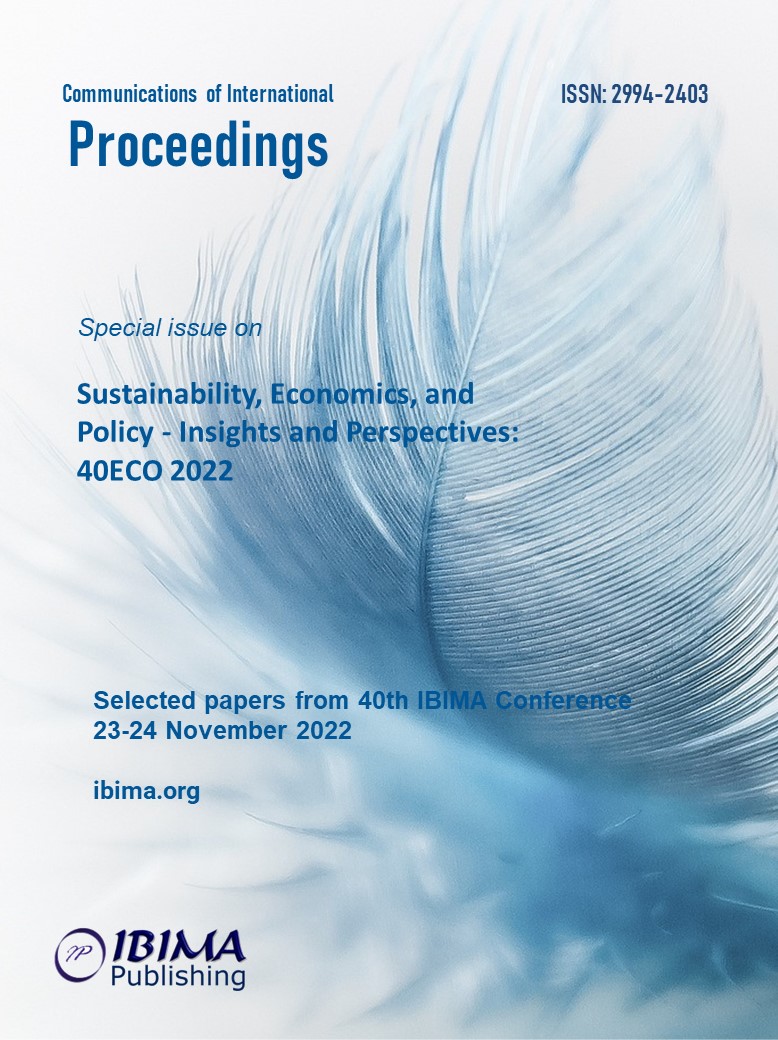
1Sylwia Pangsy-Kania and 2Floros Flouros
University of Gdansk Professor, Faculty of Economics, University of Gdansk, Poland

This paper explores the importance of rare earth elements (REEs) as a huge economic challenge in the aspect of green economy. REEs are the key drivers of the industry 4.0, because they are a critical component in many high-technology goods. They are also a crucial element of the national security. Rare earths are widely used in green technologies e.g. electric car batteries, wind turbines, solar panels, and the demand for these metals in the near future will be growing. The creation of these green technologies involves environmental pollution during the mine production of rare earths oxides, for example it involves pumping out the groundwater and progressive drainage of the area around the mines. Due to the fact that China is still the largest producer and an important exporter of REEs, the negative ecological effects are held in China. Environmental management is a challenge for economical mining of REEs. The COVID-19 pandemic has shown that global supply chains must be resilient and efficient. Additionally, the war in Ukraine, and also the danger of a conflict in Taiwan, result in the search for methods of producing REEs in other parts of the world. But the problem of environmental pollution still remains. The aim of the article is to answer the questions: What are the benefits and threats of making the world economy dependent on production of REEs in China? Which countries may be important in the production of REEs in the future? Is diversification the only solution to solve the problem of production and supply chain of REEs in the future development of green economy? The research is based on qualitative analysis of the information, available data, and literature collected from various sources.